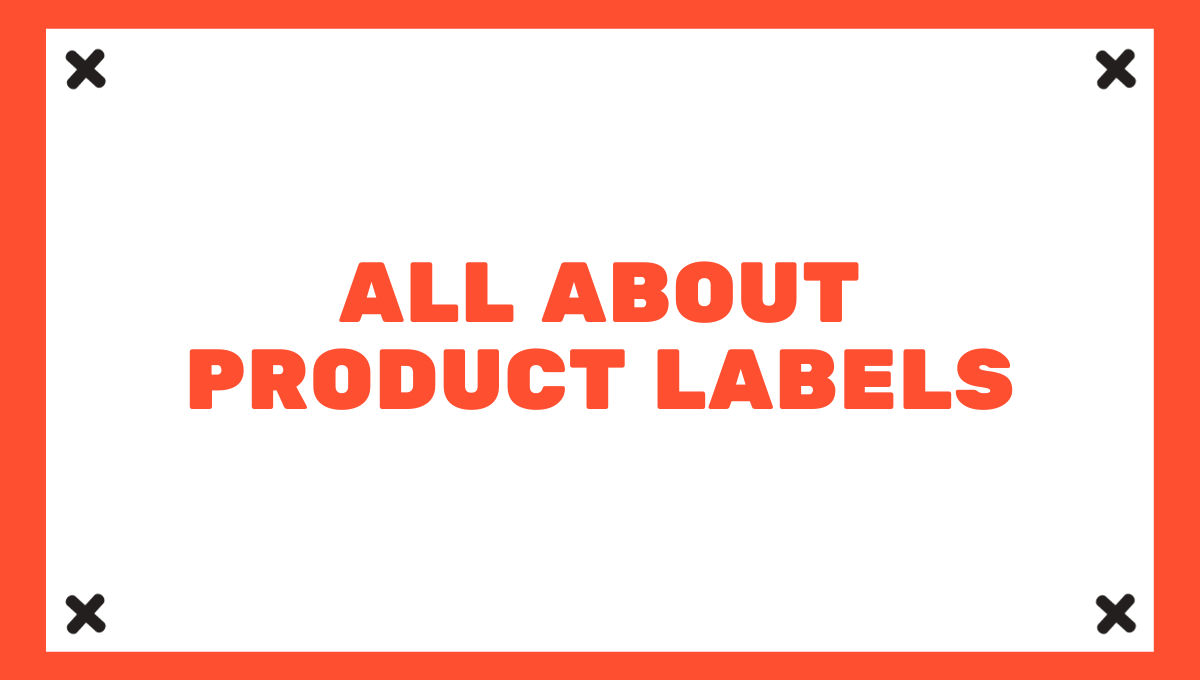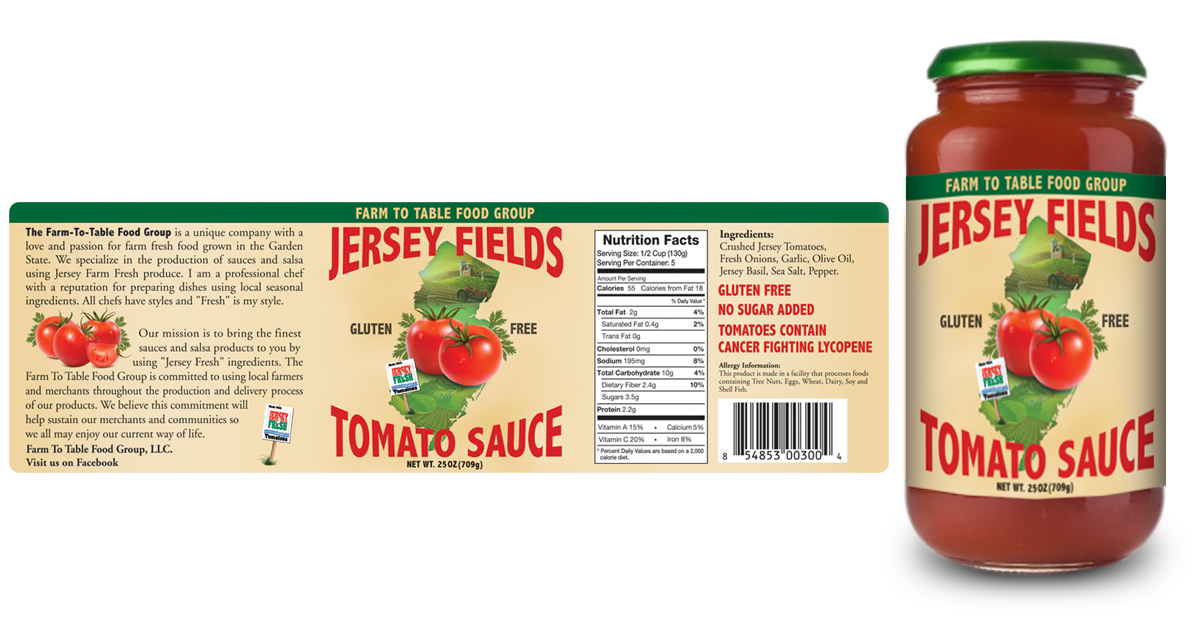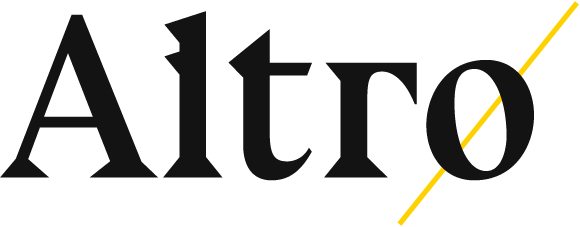All About Product Labels: Parts, Types, Design Strategies

Every product has one common thing, whether it's a t-shirt, shoe, fruit, or garment of any size. Do you know what it is?
It's a label.
It's the most crucial part of your product because it contains all the information. Not only this, it's an extremely important part of branding.
The label can be a seal, plastic film, paper, or other material. According to statistics, around 70% of consumers prefer to buy from brands that are labeled as eco-friendly and cruelty-free. What does this tell us?
It shows that labels aren't made just to enhance the aesthetic appeal of a product. Its purpose is much deeper, including informing the target audience, branding, marketing, and helping you outshine competitors.
But what's a label, and is it really important for your business?
Yes.
In this article, we'll dive deeper into labels understand their types, designs, and everything you need to know. So let's get started.
What Is A Product Label?
A product label is a piece of printed or attached material that provides essential information about a product. It is typically affixed to the product's packaging or container.
Suppose you're holding a bottle of tomato ketchup. If you look at the front side of the bottle, you'll see various pieces of information, such as:
- Brand name
- Product name
You'll also see an image of tomatoes, a form of visual imagery. But is that all?
No.
On the back label, you might find information such as:
- Barcodes
- Ingredients list
- Nutritional information
The label identifies the product, gives essential information about its contents, and reinforces the brand's identity. However, there are some products, such as CBD, in which you must comply with specific guidelines.
Parts
You've already seen a glimpse of parts of the labels above. Now, let's discuss them in detail so you can understand them better.
Remember, every part has a distinctive purpose.

Source: behance/Kelly Bracy
Kelly Bracy
Front Label
What's the first thing you notice in a product?
It's a brand name. That's why it should be prominent, as it represents your brand identity.
Just after the brand name, the next thing is the product's name.
The typography used in it should be clean, clear, and concise. You don't want customers to mispronounce your product name. Right?
Make it clear so your customers know what they are purchasing.
Lastly, additional elements.
On the front label, other graphic elements, such as images, logos, and colors, are added.
Back Label
This section includes all the ingredient information along with nutritional content, such as the amount of
- Carbohydrates
- Proteins
- Fats
Or any other nutritional contents present in the product. Food and beverage products need to mention these, along with calories.
The next important part is net weight or volume. So, if a company uses larger packaging than the actual content inside, they must mention the product's weight.
It's essential because this way, buyers aren't misled into buying a product with less content than expected.
Barcodes are also added for inventory tracking. QR codes might redirect users to additional information on how they can use the product.
Side Labels
Manufacturer information is also provided so customers can contact them in case of queries or concerns. The information includes the company's;
- Name
- Contact information
It's a must to mention safety and health warnings on the label. It also saves you from any legal issues that might arise.
Lastly, directions of use, dosage, and other important information are added. It aids in the proper usage of products.
Types - Based On Manufacturing Process
There are many ways through which label designers apply labels on product packaging. Every method has its unique characteristics and advantages. Here are three popular strategies that you must know.
Pressure-sensitive
It is an adhesive label but further composed of three basic elements. These are:
- Facestock
- Adhesive
- Liner
Let's understand all these one by one.
Facestock is the outermost layer of a label. In this design, elements, information, and general data are shown. However, you might notice an additional transparency later, sometimes to safeguard the label from any external elements.
The adhesive layer is an integral component produced during the label manufacturing process. The adhesives stick to the surfaces. However, they can be different depending on the type of product.
The liner, also known as a carrier, is the layer on which the adhesive will stick until the label is ready to be delivered to customers.
Shrink sleeves
These are plastic films with label designs and information. But here's the fascinating part.
They shrink and take the shape of a container or product whenever heat is applied. So, if your product has a unique or unusual shape, shrink-sleeve labels are an ideal option.
In-mold labels
During the shaping process of packaging, these labels are applied. Here's what happens.
Manufactures print thin plastic film → Choose desired design → Put it inside mold → Packaging takes shape → Film fuses into it → Label is created.
That's how you get a beautiful and durable label for your product.
Types - Based On Purpose
Now, let's discuss some of the labels based on purpose. But what does that even mean?
It means what the labels are trying to communicate. You'll get further clarity once we explain in detail.
Brand Labels
Just by the name, you can tell that these labels focus on showing the identity and values of the brand's product. They are made based on the company's design elements and are easily recognizable by their target audience.
Can you think of an example?
The iconic red and white label of Coca-Cola is a classic example of a brand label that's instantly recognizable worldwide.
Descriptive Labels
In simple terms, these labels provide a description. This description is not what you or the company think about the product. This information is:
- Factual
- Unbiased
It includes warnings, allergens, certifications, health claims, instructions, dosages, etc. In Australia, food manufacturers must be completely honest about their food content.
Nutritional panels are a common example of a descriptive label on food products. It provides factual information about the product's nutritional content, including the number of calories, fat content, ingredients list, and more. This label helps consumers make informed choices based on the product's nutritional value.
Grade Labels
They are used to designate the quality of the product. There is a predetermined criteria for that, and independent expert groups assign it.
What's its significance?
It tells customers about the quality of the product. Grade labels designate the quality or standard of a product based on predetermined criteria.
Promotional Labels
You can tell by the name these are used to promote something. They evoke a sense of urgency using FOMO (Fear Of Missing Out) or any other psychological tactic.
The marketing message must be compelling to reap the best results from these labels.
But these labels also promote a product's specific features, benefits, or characteristics. These claims can be exaggerated as well as sometimes.
Design Strategies
The purpose of custom labels is not just to add information. It's to educate customers about your product and make it visually appealing.
That's why you should incorporate effective design elements and strategies to grab your audience's attention. Here are some strategies that you must know to elevate your product labels.
1. Use Readable Typography
Imagine you're looking at a product, but the name is hard to read. Why?
Because of typography.
Remember that it's not bad to use stylish typography. But here's a thing that you should always follow.
Readability >>> Font Style
Fonts should be well-spaced and increase readability. Don't make customers put too much strain on their brains to understand your product name.
2. Unique & Creative Approach
Now, here comes the question. Should you choose Helvetica because that's simple, right?
No.
You don't have to choose a simple font style. In short, no need to compromise on style. So what should you do?
You should find the balance between simplicity and creativity. It makes your product visually appealing and memorable in the eyes of customers.
3. Consistent Branding
Consistency is the most important thing for any brand. It's not that one day you choose red as your brand color. But the next day, you see another competitor using blue, which looks more appealing.
Now you're confused about which color you should choose.
It will make your brand inconsistent.
That's why you should have clarity on brand color, logo placements, fonts, etc. Have at least one identifiable mark that will make a strong visual identity. It allows customers to recognize the product easily.
4. Eco-Friendly Efforts
Now is the best time to attract customers through unique approaches. One of them is the eco-friendly aspects.
Let's understand it better.
Customers love it when companies make conscious decisions for the betterment of people and the environment. You can cater to the needs of eco-conscious customers by using eco-friendly packaging and labels.
5. Effective Visual Design
There should be a visual hierarchy on the label. From font size to color contrast, everything should look naturally in place. Color shouldn't be too dark with excessive elements that'll hurt the eyes.
So what should you do?
Just with one glance, the customer should be able to understand what's written on the label. This is possible by using a visual hierarchy.
Conclusion
A product label is just like the face of a product, which gives you a glimpse of the company. But here's something you should know.
There's a huge difference between a simple and well-designed label. A well-designed label is more than just a sticker or tag. It conveys needed information while formulating a strong brand identity.
The market is becoming extremely competitive, yet with labels, you can grab the attention of your audience immediately.
Attention = New Currency
If you are able to catch the attention of your customers, then the chances of a thriving business increase. With visually appealing labels, you can win your customer's hearts.
At Altro Labels, we help businesses get all labeling needs done. So contact us today to get your appealing label designs.
